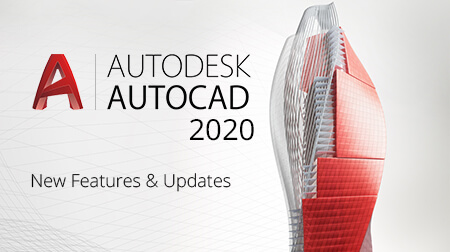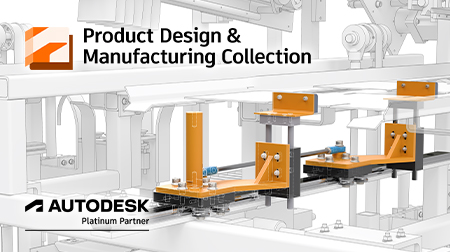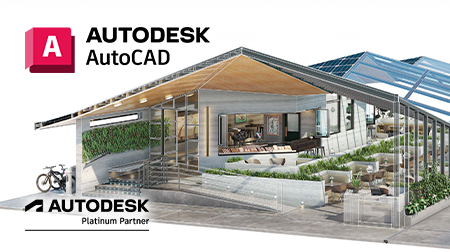3 Reasons to Embrace the Business Value of BIM for Owners
The business value of BIM for owners can’t be denied when it comes to managing costs, reducing waste, and driving efficiency in building projects.
With insights from designers, engineers, and client-owners, here are the 3 reasons the business value of BIM for owners can’t be ignored.

1 - With BIM, Owners Can Ensure Communication and Transparency Among Stakeholders.
The complexity of building can hinder effective quality-control measures. Centralising each project’s data with BIM allows rapid communication between teams in a shared, transparent environment. This record includes data on every component and its alteration history, giving owners a better understanding of their building process and product.
The collaborative, visual nature of BIM can also be used to explain the building’s design to stakeholders who may not have extensive experience with architecture, engineering, or digital modelling.
BIM’s visual nature and depth of data also help disciplinary experts outside the initial building team, such as bidding subcontractors.

2 - BIM Ensures Owners Receive a Final Digital Asset to Manage the Project’s Lifecycle.
BIM provides unapparelled insight into how buildings function post-construction: things like MEP (mechanical, electrical, and plumbing) and HVAC systems, energy usage, and solar thermal performance. It’s an irreplaceable tool for building operations and key to reducing lifecycle costs, which are proportionally massive; 70%–80% of a building’s lifetime cost occurs after its construction. With teams working within a shared model, elements of operations and maintenance can be vetted in advance.
BIM helps owners fine-tune standard operations and maintenance, but it’s equally critical for renovations, additions, and retroactive commissioning. Any improvements can benefit from a dynamic BIM model of the existing building. BIM data will also likely help onboard upcoming digital building technology.

3 - BIM Helps Owners Manage Risk.
At the end of the day, building owners are on the hook for their buildings’ costs; BIM helps teams spot errors earlier and debug designs, ironing out clashes on a computer, not in bricks and mortar. That makes it a critical risk-management tool. The risks are controlled because teams understand what they’re modelling.
Simply sharing data, the most prized commodity owners have, is at the heart of the business value of BIM for owners. It offers new ways for teams to break down hierarchies, listen to each other, and document best practices. The more teams collaborate, the more the product outcome improves.
Watch the video below:

















